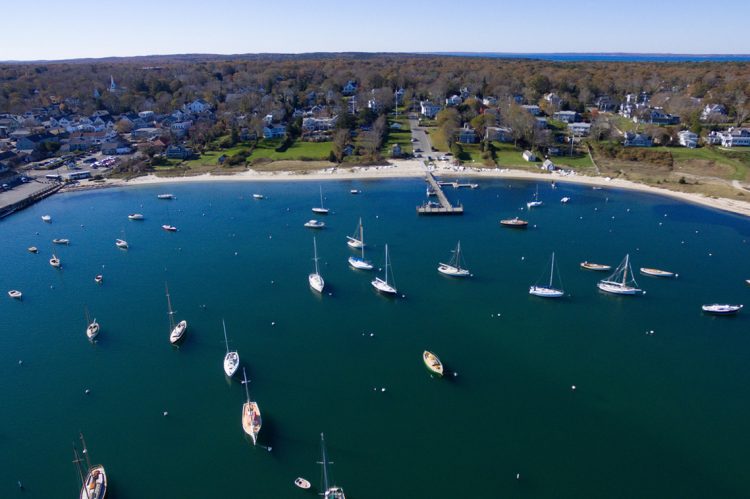Despite slight declines in some parts of the country, home prices have risen so much over the past two and a half years to the point where homes valued at $1 million or more have become more common throughout much of the U.S, according to a new report from LendingTree.
LendingTree’s new report studies how common $1 million-plus homes are in the nation’s 50-most-expensive micropolitan areas (towns) with populations between 10,000 and 50,000. On average, million-dollar homes are more common in the nation’s most expensive towns than in its largest metros. This doesn’t mean homes worth seven figures or more are especially common across most towns, but it shows that high-value real estate isn’t reserved for the country’s population hubs.
Key highlights:
- Million-dollar homes aren’t common in most towns, as an average of only 5.36% of the owner-occupied homes in the nation’s 50 most expensive towns are valued at $1 million or more.
- There are more million-dollar homes in towns rather than in the nation’s 50 largest metros, where an average of only 4.71% of homes are worth $1 million or more.
- The share of million-dollar homes can vary significantly by town, with the town with the highest share of million-dollar homes being Vineyard Haven, Massachusetts, at 30.58%, and the town with the smallest share being Fernley, Nevada, 0.09%.
- Million-dollar homes are most common in vacation and resort towns, such as the towns of Vineyard Haven, Jackson, Wyoming, and Edwards, Colorado, with an average of 25.51% of homes worth $1 million or more.
- Cedar City, Utah, and Pullman, Washington, join Fernley as the towns with the smallest share of homes worth $1 million or more, with Cedar City and Pullman tied at 0.24%.
- Four of the 10 towns with the most million-dollar houses are in Colorado, and a combination of rapid statewide economic growth and an abundance of mountainous terrain suggest that this trend will continue.
Major takeaway:
According to the report, the reason for the increased commonality of $1 million-plus homes is rural areas often see a lack of housing development because construction is seen as too costly and not profitable enough for builders. This lack of construction can put upward pressure on home prices, which means that people have to compete for a limited number of houses. This can be true even in towns that aren’t popular vacation destinations.
“Unfortunately, high housing costs can be very difficult for many small-town residents to deal with,” said LendingTree’s Senior Economist and report author Jacob Channel. “This is especially true in areas that are popular vacation destinations – like most of the towns that populate the higher end of our study’s ranking – where buyers who earn their money elsewhere and only live in a town part-time can afford to outspend an area’s full-time residents.”
For the full report, click here.












